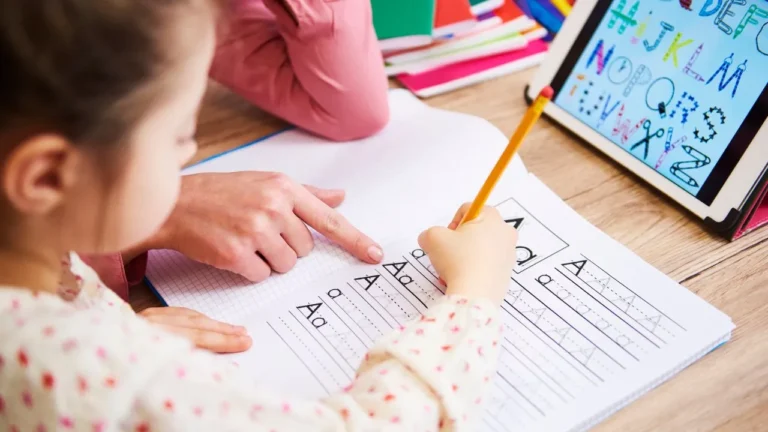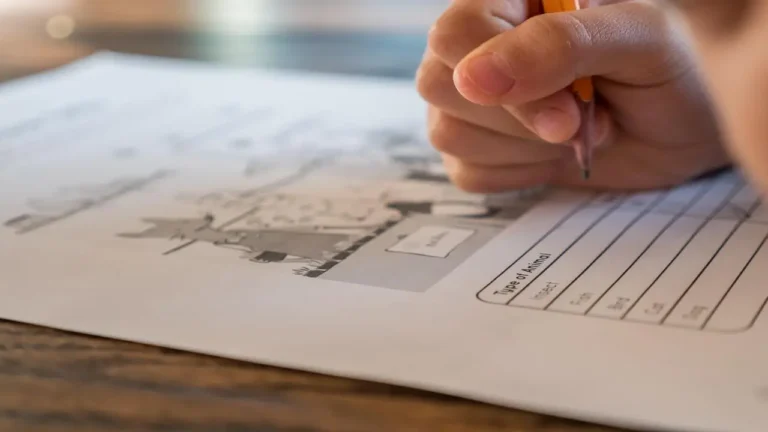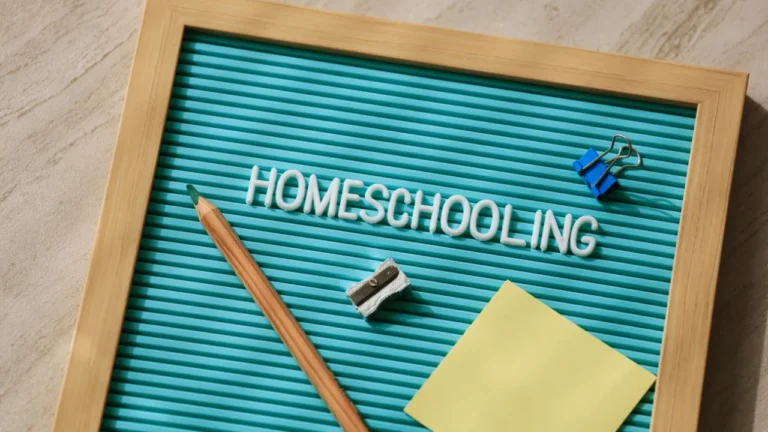Helping Your Child Transition To A new School! A Fresh Start!

When your child must transition to a new school, the experience can become an intricate puzzle filled with both uncertainties and opportunities.
It’s not just a change of address or a new classroom; it’s a shift that can unsettle the ground beneath their feet, throwing them into a world of unfamiliar faces and routines.
Yet, fear not. While moving to a new community brings challenges like adjusting to different peers, facing the unknown in a different school, and perhaps even grappling with anxiety or depressive symptoms, it isn’t an insurmountable obstacle.
This transition can be shaped into a positive, enriching experience.
The keys to a smooth transition lie in understanding the process and being prepared. Whether you’re on the brink of moving or just settling into a new environment, this article unlocks the knowledge you need.
You’ll explore how the transition to a new school might affect your child, gauge how long it might take, and receive invaluable guidance to navigate this complex journey with grace and confidence. With the right approach, what may appear to be a daunting change can transform into an opportunity for growth and new beginnings.
How Can Changing Schools Affect a Child?
When it comes to the topic of children transitioning to a new school, the mix of emotions and potential consequences is broad and often complex. For many kids, the support of parents and teachers can make the shift relatively smooth.
Yet for those who move frequently or are more introverted, the process might be more fraught with challenges.
As per research, children who frequently transition between schools might face risks such as poor academic achievement, behavior issues, and even high school drop-out. These children also may struggle with social problems and psychological hardships, such as low self-esteem.
Angie Frencho, MEd, a well-regarded teacher and gifted intervention specialist, eloquently sums up the emotional toll: “Just as change can be difficult for adults, children experience similar emotions—anxiety, fear, and stress.” Frencho emphasizes the importance of open communication, validation of feelings, and encouragement of new friendships.
The familiar elements that once provided comfort and security, like their bedroom, friends, or school environment, are replaced with the unknown. This change in routine can lead to a sense of disorientation and disconnect.
“They have to start over in the sense of finding new friends and identifying teachers and staff they deem as approachable or safe,” explains Sandra Calzadilla, LMHC, a specialist in child development.
Physical symptoms such as nausea or insomnia might manifest as a result of anxiety about the unknown. Behavior changes such as withdrawal or acting out might also occur as kids adapt to their new surroundings.
The transition is not just emotional. The academic journey can become a maze, filled with new challenges. Frencho warns, “With academics, changing schools can be tricky.” Different curricula, expectations, climates, and instructional environments can create potential holes in a child’s academic background.
Transitions between public and private schools or different states may lead to gaps in their learning journey. Parents must be vigilant and ready to help support those learning gaps.
The transition to a new school is a multifaceted process, affecting children emotionally, socially, and academically. Understanding and addressing these aspects can help ease the journey, fostering a more positive, enriching experience for the child.
How Long Will It Take To Adjust?
The process of adapting to a new school environment is as diverse and complex as the children themselves. Some young ones may feel at home in a matter of weeks, while others might need several months to truly settle in. The time required for this adjustment hinges on several key factors, including the child’s personality, their inherent temperament, and the quality of support they receive from those around them.
Calzadilla, an expert in the field, reveals that elementary school children typically show signs of improvement within a month. However, adolescents might require up to two months, possibly longer, due to increased self-consciousness or apprehension about rejection.
What if your child struggles? Engaging them in open conversation is vital. Ask what draws them to their new environment, and what pushes them away. This conversation could lead you to a solution. Calzadilla encourages parents to accentuate the positive aspects and explore ways to alleviate the negative ones.
Recognizing and validating your child’s feelings is also essential. Acknowledging the hardship of making new friends or missing the old ones shows them that their feelings are valid and understood. Calzadilla’s wisdom also extends to maintaining previous friendships whenever feasible, thus ensuring the child doesn’t feel entirely isolated from their former life.
Finally, Calzadilla advises that parents liaise with teachers and guidance counselors to determine if additional support could be put in place. In transitioning to a new school, a concerted, empathetic effort on all fronts can significantly ease a child’s journey.

Tips for Helping Your Kid Transition to a New School
Talk About Why You Are Moving
Being honest and clear with your child about the reasons for moving can foster understanding and trust. A new job, a change in family dynamics, or the desire to be in a better school district might necessitate the move. Sharing this with your child openly while emphasizing the positive aspects can make the process smoother.
Angie Frencho, an experienced educator, suggests sharing personal feelings too. Letting children know that adults also face fears and concerns humanizes the situation and allows for empathy.
Help Them Say Goodbye
Saying goodbye is never easy. Create opportunities for your child to bid farewell to their friends, teachers, and familiar places. Frencho encourages time for goodbyes and closure. Keep connections alive through planned visits, video calls, or playdates, offering a sense of continuity in their lives.
Support Their Learning
Change may disrupt learning, creating gaps in your child’s education. Sandra Calzadilla, LMHC, recommends meeting new teachers in advance and possibly hiring tutors if needed. A tour of the new school can reduce anxiety, helping your child familiarize themselves with new surroundings.
Calzadilla stresses that feelings of shyness or inhibition are normal during transitions. Regular check-ins and patient support can assist children in working through emotions, ensuring they stay focused and engaged in their studies.
Create Small Goals As a Family
Once settled, setting small, achievable goals can help your child adapt. Frencho advocates for leading with kindness and encouragement, helping children set daily or weekly goals. Whether it’s greeting someone new or participating more in class, these goals provide a clear path for growth and adaptation.
Learn About Your New Community
Calzadilla emphasizes the importance of community involvement. Enrolling your child in classes, sports, or activities aligning with their interests creates opportunities for new friendships and connections. Engaging with neighborhood children broadens their social circle, aiding in their integration into a new community.
The transition to a new school is a multifaceted process that requires patience, understanding, and proactive support. By explaining the reasons for moving, providing closure, supporting learning, setting goals, and encouraging community involvement, parents can make the transition not only smoother but also a positive experience that fosters growth and resilience.
Final Thoughts from TKS
Transitioning to a new school isn’t a process that you or your child must face alone. Whether the transition is imminent or still a distant horizon, proactive preparation can alleviate potential challenges. Indeed, change tests us all. Yet, facing the hurdles as a united front builds resilience.
Your supportive stance, patience, and empathy can pave the way for a seamless integration into the new community and school. Even as you navigate these waters, help isn’t beyond reach. A child struggling more than anticipated isn’t a reflection of failure but an opportunity for professional guidance.
Don’t hesitate to seek support from pediatricians, school counselors, or mental health professionals. They’re there to help craft plans tailored to your child’s needs. These strategies can reduce stress and anxiety, promoting a healthy adaptation to their new surroundings.
The journey of a child’s transition to a new school need not be overwhelming. It can instead be a path filled with learning, growth, and a renewed sense of community. By embracing change with a thoughtful approach, you’re not only aiding your child but also teaching invaluable life skills.






